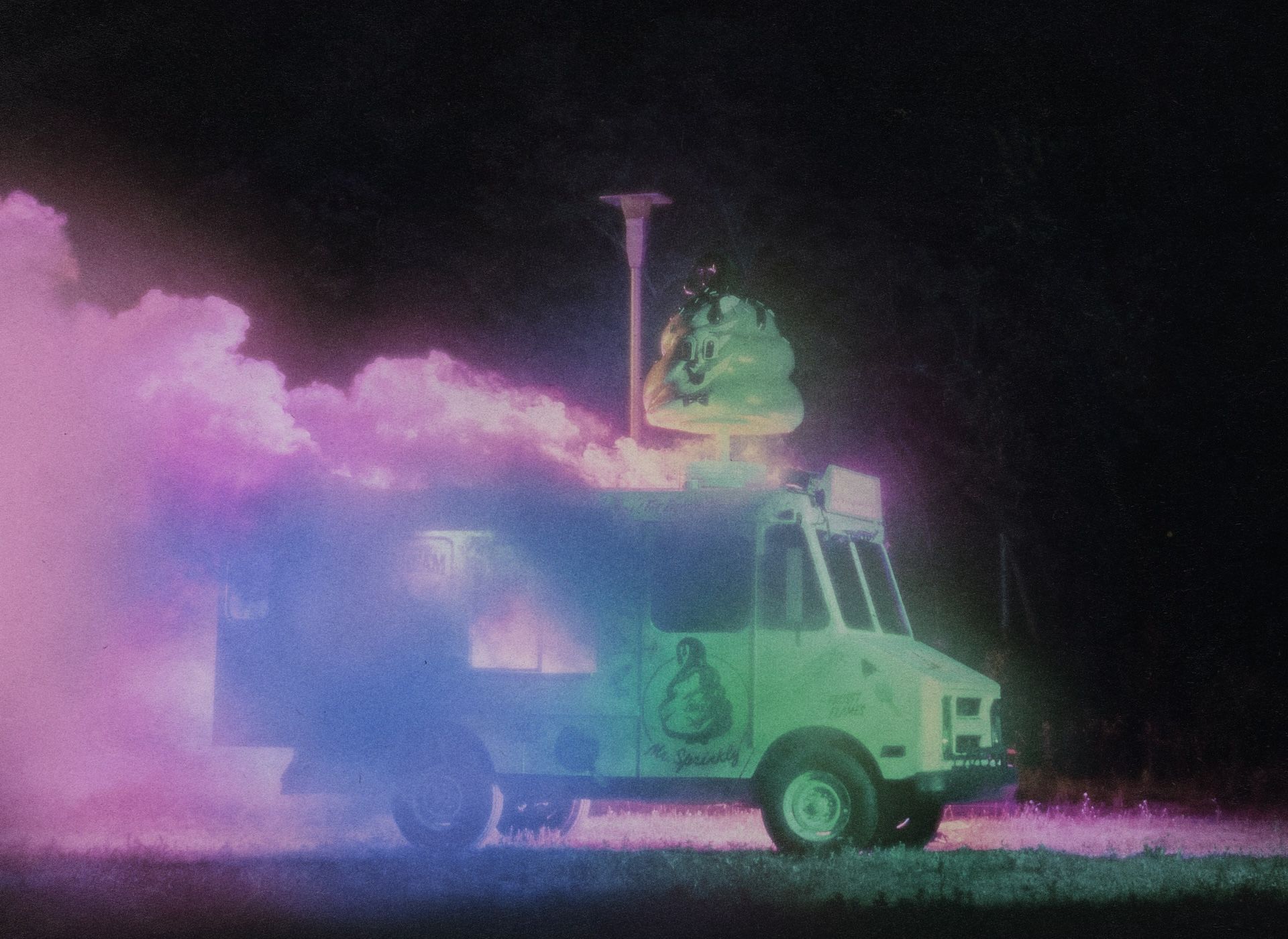
I Saw The TV Glow and the Cinema of Self-Deception
A24’s latest wallows in its own insularity.
I regret designating the Limp Bizkit T-shirt I wore my sophomore year of high school as garage sale fodder shortly after W. took office. It wasn’t something I gave much thought to as The Shins, The Strokes, and Broken Social Scene shook me out of my rap metal phase, but it was a fleeting sense of loss that began in my early 30s.
My last time engaging in such lamentations was the first time I saw the trailer for A24’s Sundance sensation, I Saw The TV Glow. To the sounds of Broken Social Scene’s “Anthems for a Seventeen Year Old Girl,” two twenty-somethings talk in hushed tones about a Buffyesque teen drama they obsessed over during their adolescence. Then, in the credits, I saw the name Fred Durst–lead singer of the band that brought “Nookie” and “Break Stuff” into the world.
It’s easy to mock Durst and the style of music he spearheaded, particularly for former teenage fans like myself who divested from Bizkit merch and literally used the trade credit for Broken Social Scene CDs. But the singer and his contemporaries like Korn and Kid Rock captured a late-90s moment. The Red/Blue divide? The unbreakable post-9/11 surveillance state? The rage of the deplorables? The Bizkit tried to sound the alarm and channel that rage long before Jordan Peterson and toxic masculinity entered the picture. Durst was our very own Hot Topic Howard Beale. Yet, even though he got us mad as hell, we never answered the call; we just ended up taking it even more.
The stunt casting of Durst as a disaffected father in a movie that investigates 90s nostalgia could have been a stroke of genius. But I Saw the TV Glow’s director, Jane Schoenbrun, just rests on those laurels. Thus, the singular voice of a generation ends up having five minutes of screentime in which he scowls from his weathered Laz-E-Boy in a dimly lit room. He delivers his one line–“Isn’t that a girls' show?”–in a rear-view mirror as he expresses his disapproval to his weenie of a son (Justice Smith).
I Saw the TV Glow is the type of movie that evokes trailer-ready accolades like “one-of-a-kind masterpiece” and “original, evocative, and adventurous” with Schoenbrun deemed a “filmmaker for our era.” Tellingly, it’s also failed to reach the same hipster critical mass as the studio’s breakouts like Spring Breakers and Everything Everywhere All at Once. In just over a month, A24’s summer must-see has hovered just under the $4 million mark–a misfire by any reasonable evaluation.
Like Everything Everywhere, Schoenbrun’s film inoculates itself from critique because it’s the latest addition to the cinema as therapy canon. With the exception of The Matrix filmmakers and rap metal early adopters, The Wachowskis, Schoenbrun is the only transgender director to reach some modicum of mainstream resonance. So, I Saw the TV Glow adopts the same tack as Schoenbrun’s 2021 debut, We’re All Going to the World’s Fair, another film that couches a trans allegory in its dissection of how the media we consume constructs identity. Its very existence lends it an unimpeachable gravitas.
To Schoenbrun’s credit, I Saw the TV Glow is a singular aesthetic experience–the equivalent of going cosmic bowling with your life coach in the neighborhood from Growing Pains. Its use of neon and black lights to cultivate the sinister lurking underneath the surface of the suburbs cultivates an appealing visual style, the kind that announces with much fanfare the arrival of someone who sees themselves as a major talent.
But that’s where the artistry of Schoenbrun’s tale about two awkward teenagers who come to believe they are living in the world of the cult show they used to escape from the traumas of life begins and ends. Serving as the pop culture voice of a community has to be an enormous burden. Yet, it’s also not a Metropass to evade the thornier aspects of culture making. Filmmakers like Gus Van Sant and Todd Haynes spent the 80s and 90s as gay cinema pioneers crafting nuanced films about the multiple facets of regional identity. Their work remains challenging both for those in and beyond their community—not content simply being the currency of a social capital pyramid scheme.
In the case of Schoenbrun, it’s one thing to make a film about how the suburbs can be an alienating place. It’s quite another to utterly erase their dimensionality in the service of cultivating a naked emotional fervor that remains entirely uninterested in contradictions of any sort, especially those that push back against a unified ideological narrative.
Turning Fred Durst into a meme about masculinity that runs at 24 frames per second isn’t profound. It’s an artistic shortcoming that critics should feel compelled to point out if all aspects of the cinematic enterprise weren’t this profoundly broken. As the frontman of The Bizkit once rapped, “Freakin' me out, you wear a mask called counterfeit,” a line that cuts through our cultural facades in ways Schoenbrun probably could if ever able to go off script.
I Saw The TV Glow is now playing at The Belcourt.
